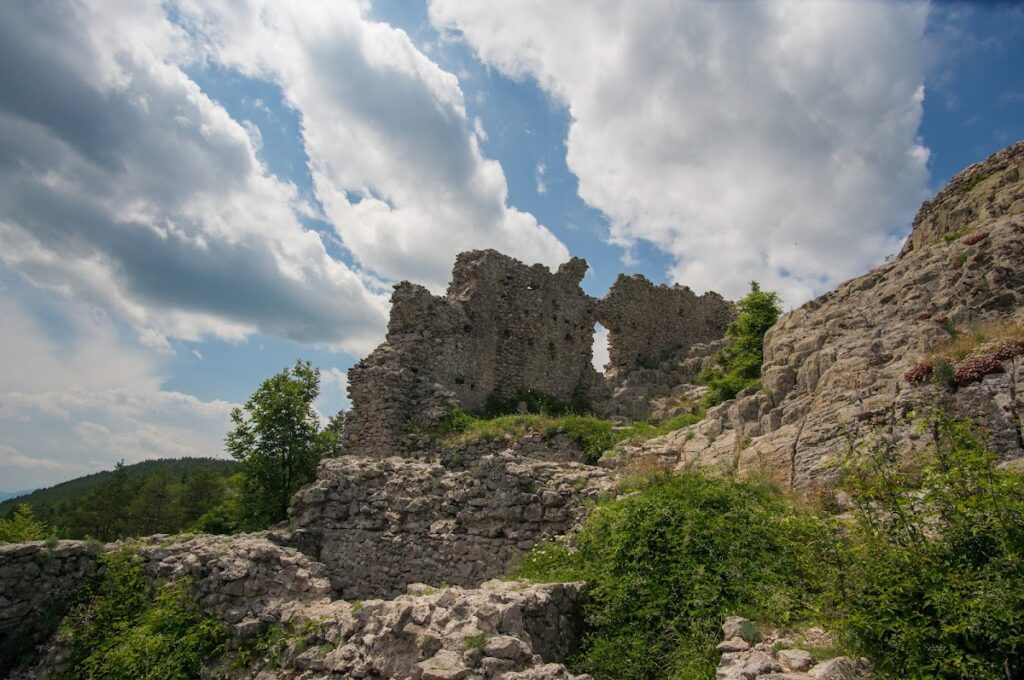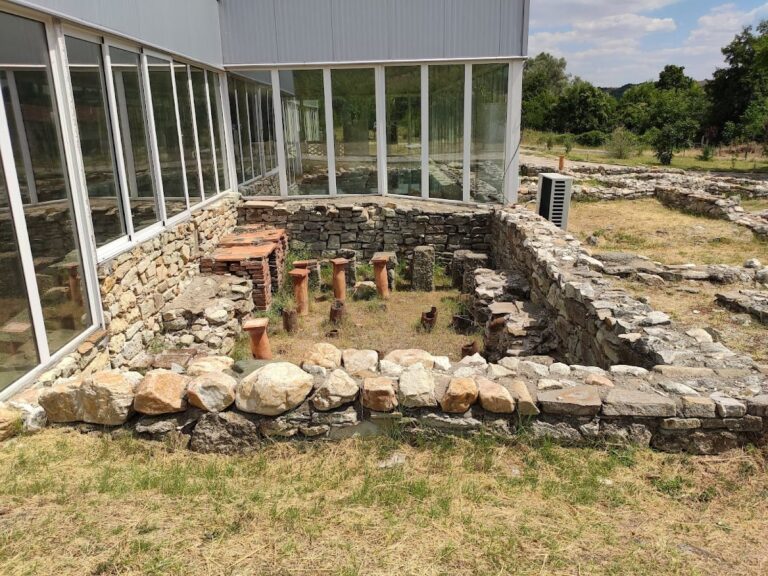Ustra Fortress: A Byzantine and Bulgarian Stronghold in Bulgaria
Visitor Information
Google Rating: 4.8
Popularity: Low
Google Maps: View on Google Maps
Country: Bulgaria
Civilization: Unclassified
Remains: Military
History
Ustra Fortress is located near the municipality of Dzhebel in modern Bulgaria. It was built by the Byzantine Empire during the 10th century, likely under Emperor Constantine VII Porphyrogennetos, to guard an important trade route through the eastern Rhodope Mountains.
In its early history, the fortress frequently shifted between Byzantine and Bulgarian control. Bulgarian ruler Simeon I the Great captured Ustra in the early 10th century, but it was returned to Byzantine rule around 913 as part of a peace agreement. Despite this treaty, hostilities resumed soon after, with the fortress caught in the struggle. Following Bulgaria’s decisive victory in the war with Byzantium ending in 927, Ustra was believed to have been returned to the Byzantines under the peace terms of that year.
During the 13th century, Ustra again became a contested site. Byzantine chroniclers such as George Akropolites and Theodore Skoutariotes recorded its capture by Bulgarian Emperor Michael II Asen in 1254 amid a campaign to regain territories in the Rhodope region from the Nicaean Empire. Over the following centuries, control of the fortress continued to shift, with Bulgarian forces likely reclaiming it under Ivan Asen II sometime between the 12th and 14th centuries.
In the latter part of the 14th century, Ustra came under the rule of the Ottoman Turks as their influence expanded throughout the Balkans. It remained under Ottoman control thereafter, marking the end of its role as a Byzantine and Bulgarian stronghold.
Archaeological excavations carried out in the early 1970s unearthed a wide variety of artifacts that testify to the fortress’s military and domestic use throughout these periods. More recent studies in 2006 revealed additional fortification works extending northeast from the main site. Today, Ustra is recognized as a cultural monument of national importance in Bulgaria and forms part of a protected natural area encompassing local rock formations.
Remains
Ustra Fortress occupies a rocky peak approximately 1,015 meters above sea level, taking the shape of an open quadrangle reminiscent of the Cyrillic letter “П.” This steep and elongated position provided natural defense, with near-vertical cliffs dropping on its northern and northwestern sides, allowing wide views over the surrounding landscape. The main defensive walls extend about 113 meters and have substantial thickness, starting at roughly 2.8 meters at the base and tapering to 1.75 meters at the top. Sections of the rampart still stand between eight and ten meters high. Constructed from finely cut stone held together with white mortar on the outside, their interiors are filled with rubble stone similarly bound by mortar.
Within the fortress there are three prominent towers, each rising three stories tall. One of these is semi-circular while the other two are rectangular in plan. The lowest floors of all towers served as water reservoirs, reflecting the need to store supplies during sieges. Their walls were coated with thick mortar plaster mixed with fragments of broken bricks and large pieces of pottery, which helped reinforce the structure. Two of the towers contain surviving stone staircases that once provided access between floors.
The main gateway to the fortress is positioned at the eastern edge. Access was gained via seven steps carved directly into the bedrock, which still survive today. Near the entrance, foundations remain of quarters that likely housed guards responsible for the fortress’s defense.
Inside the walls, archaeologists have uncovered the remains of eight buildings clustered mainly in the southern and southeastern sections. These structures vary in size, from as large as 11 by 6 meters down to smaller rooms measuring about 1.7 by 0.5 meters. Their layout and proportions suggest use as living spaces and storerooms needed to support the garrison.
Excavations between 1971 and 1973 yielded over one thousand artifacts including iron arrowheads, crosses made of bronze and silver, copper coins, and fragments of clay vessels. These finds highlight the fortress’s role both as a military bastion and a site of everyday activity.
Ustra Fortress is part of a broader medieval defensive system. Approximately 1.7 kilometers to the northeast stands another fortress visible from Ustra’s vantage point, indicating coordinated control over the surrounding territory. In 2006, further research documented extensive fortification works extending in that direction from Ustra’s ridge, revealing the complex nature of the site’s defensive arrangements.






